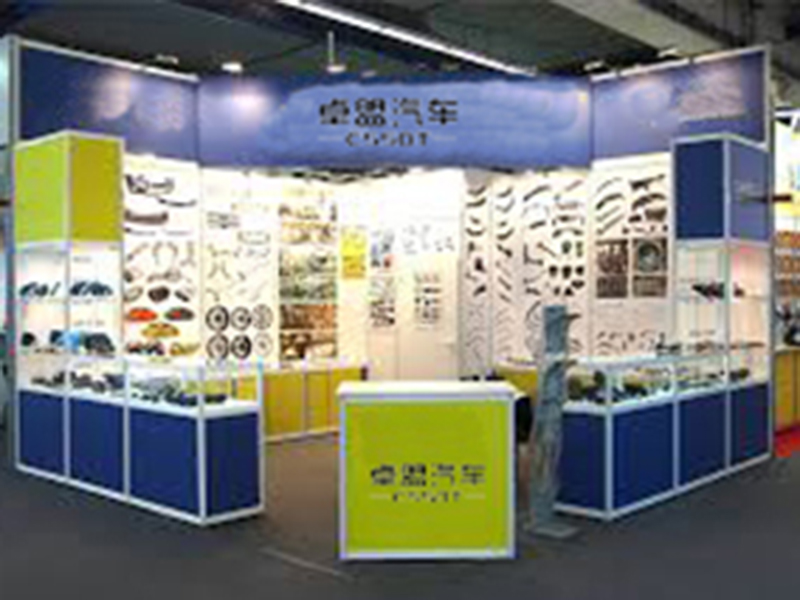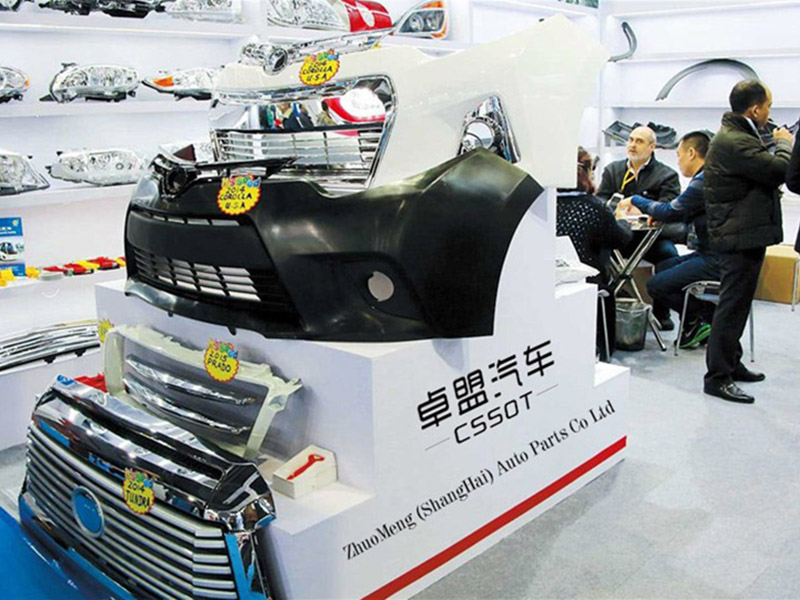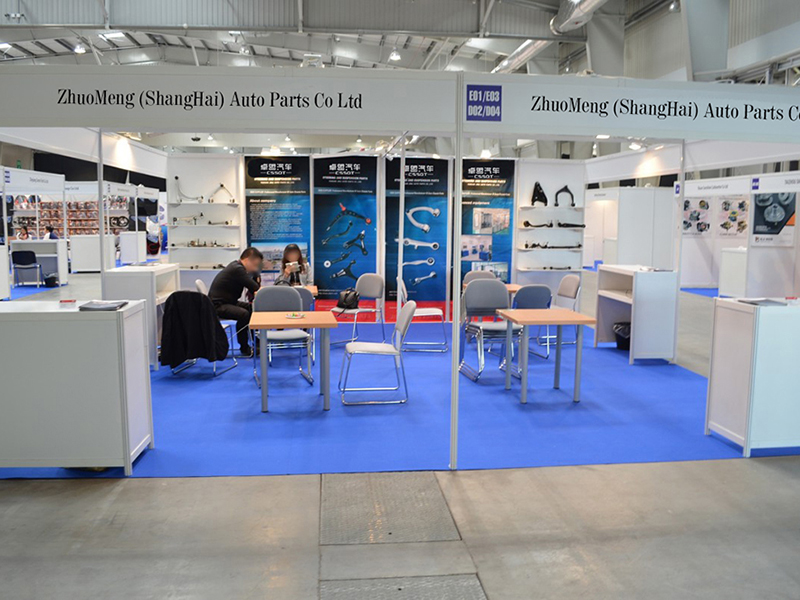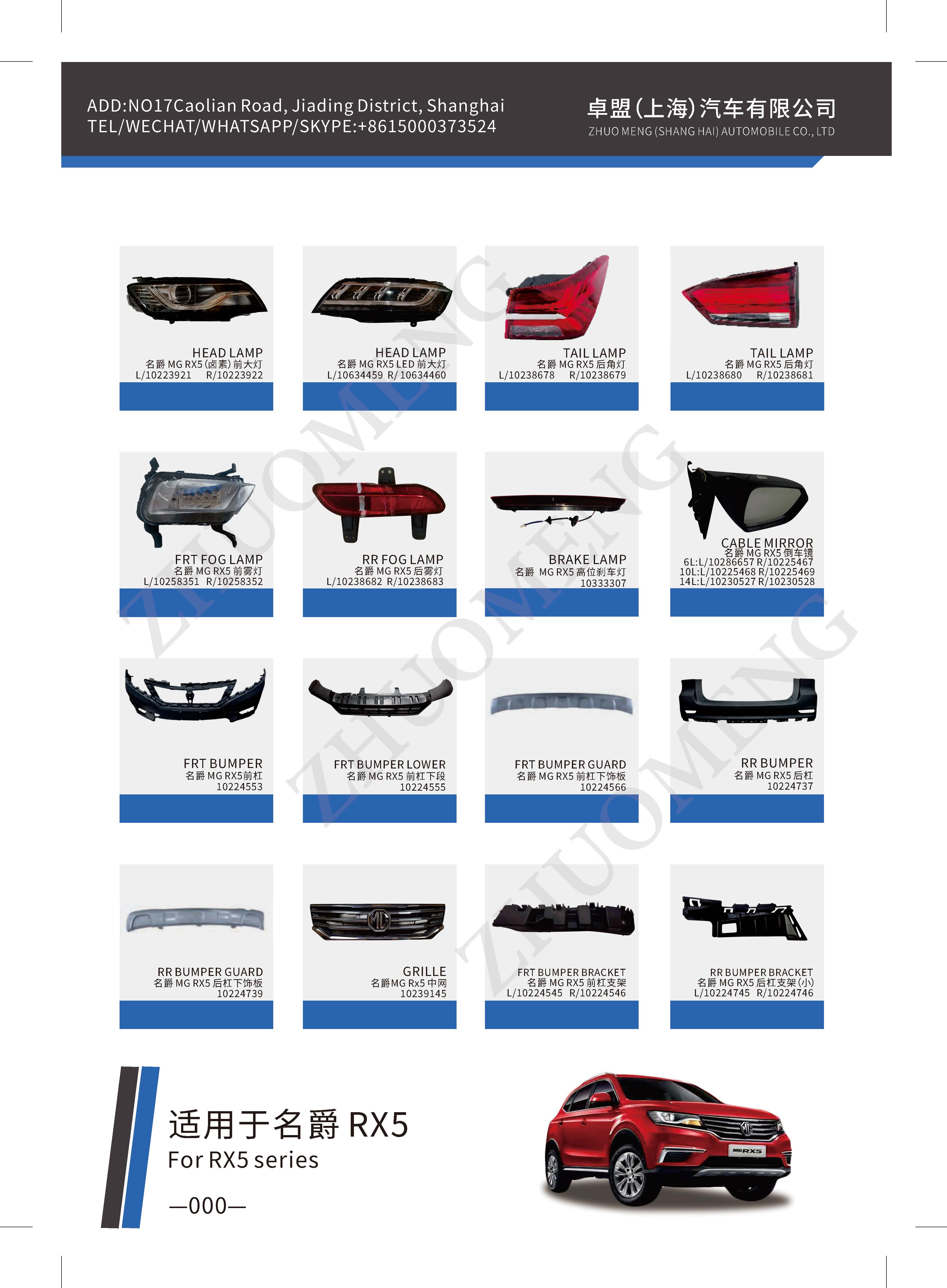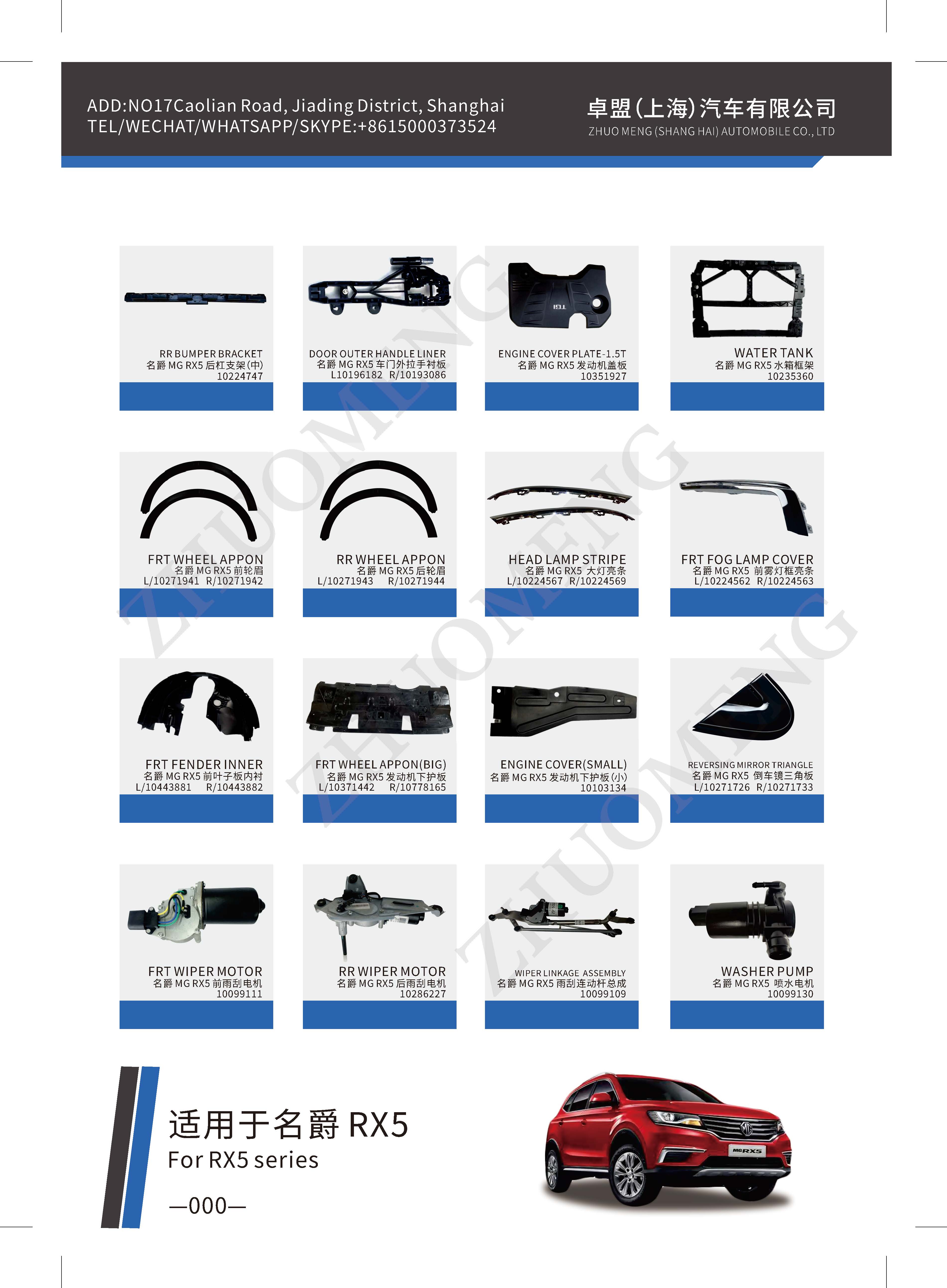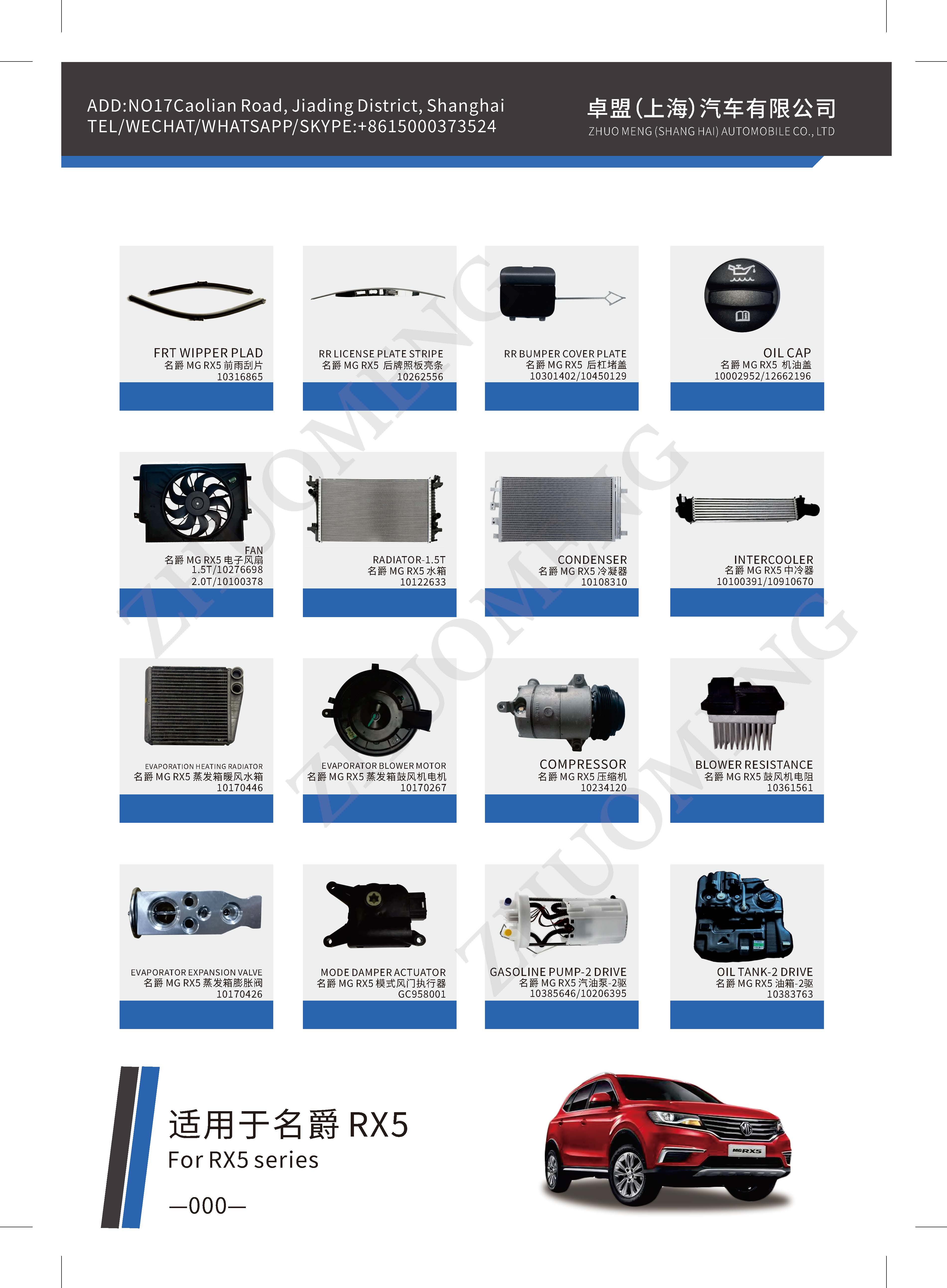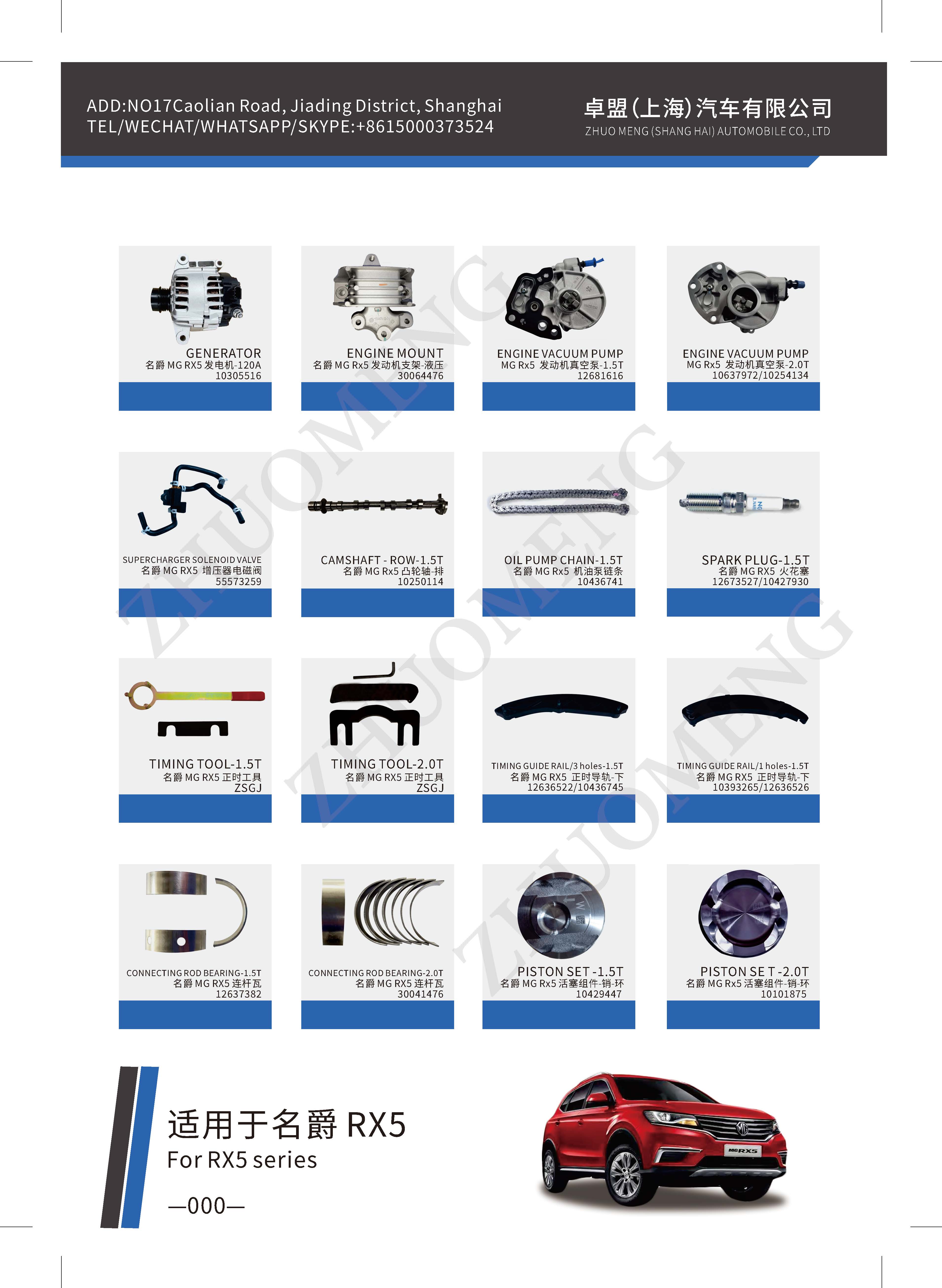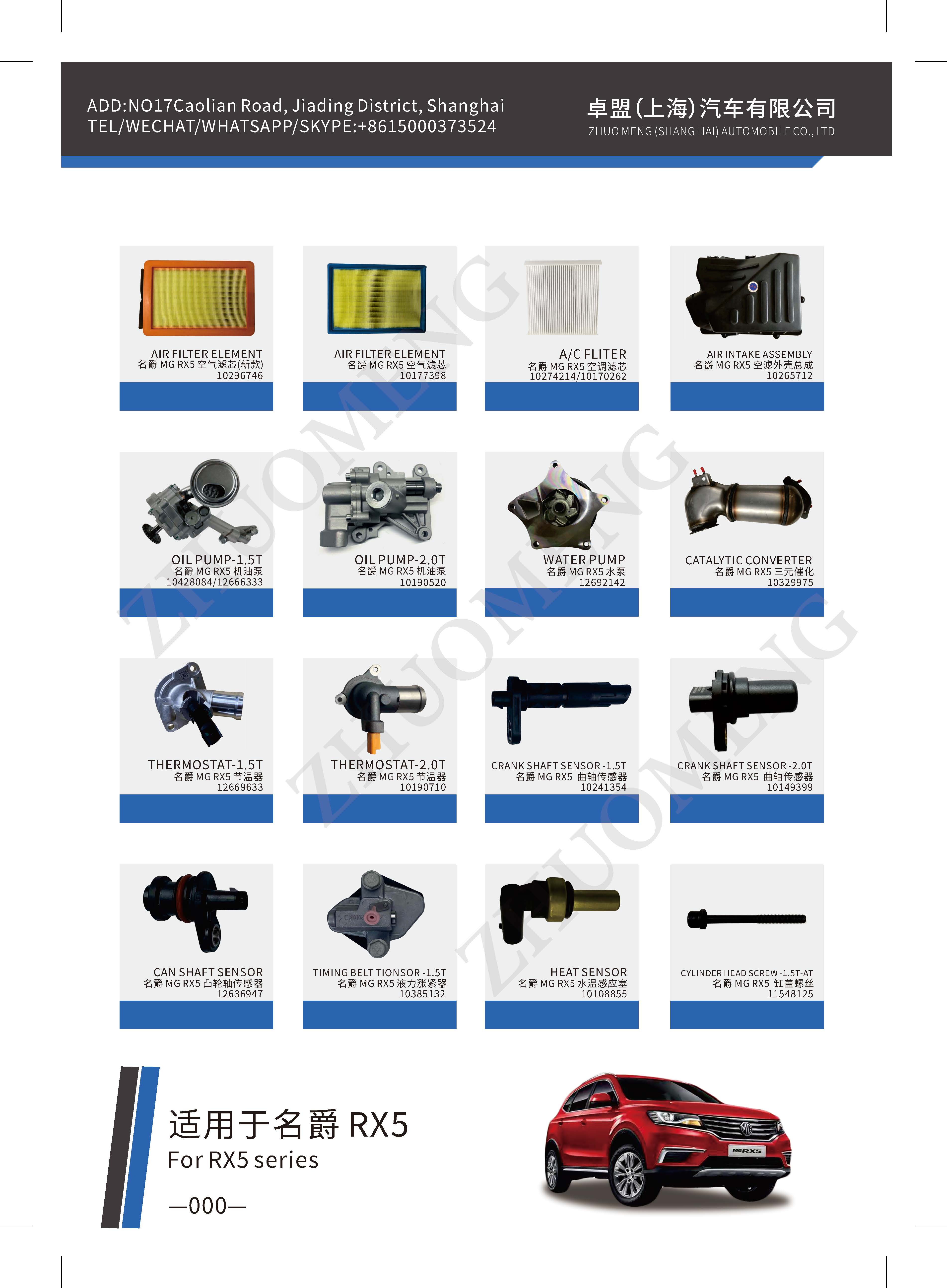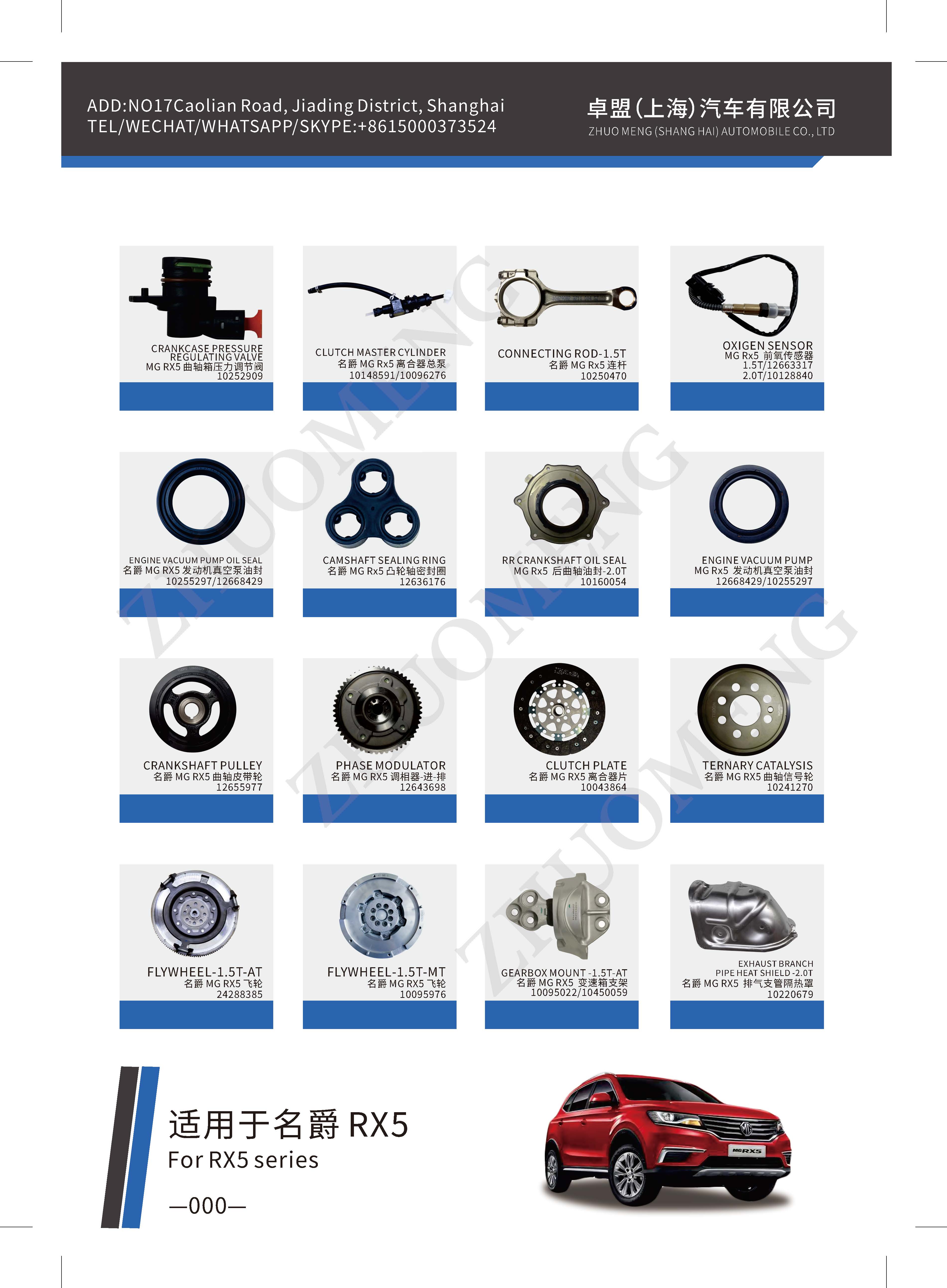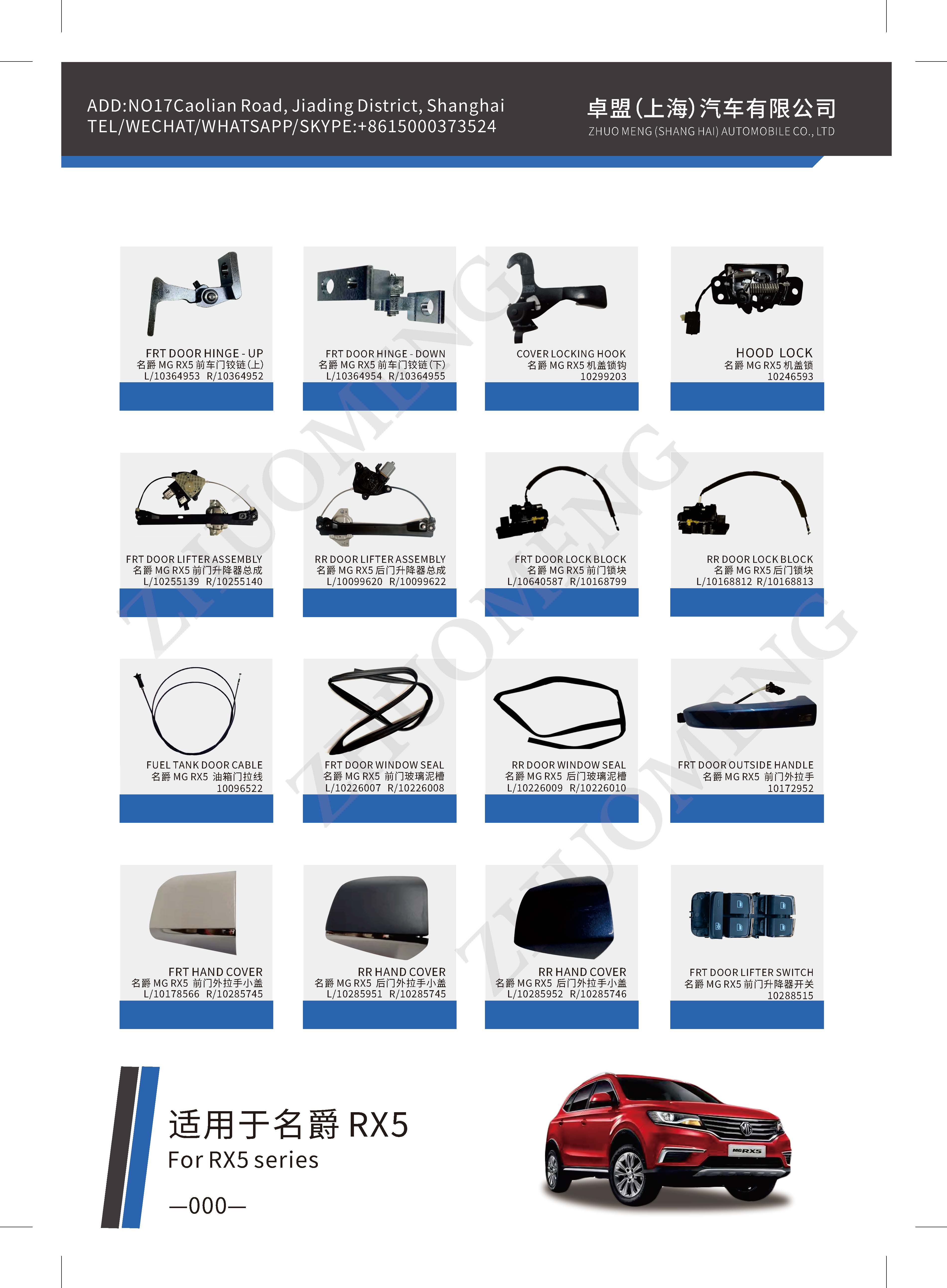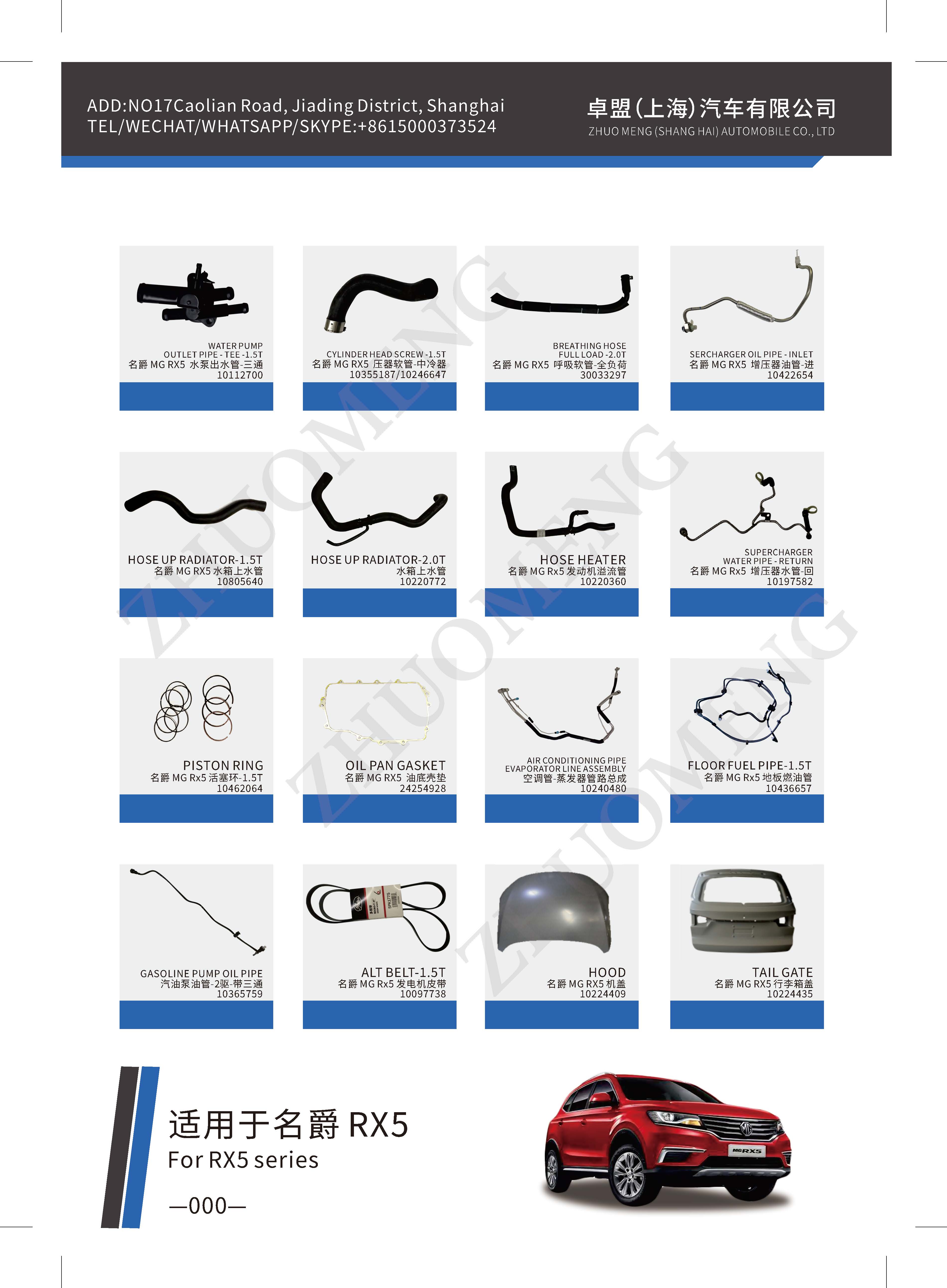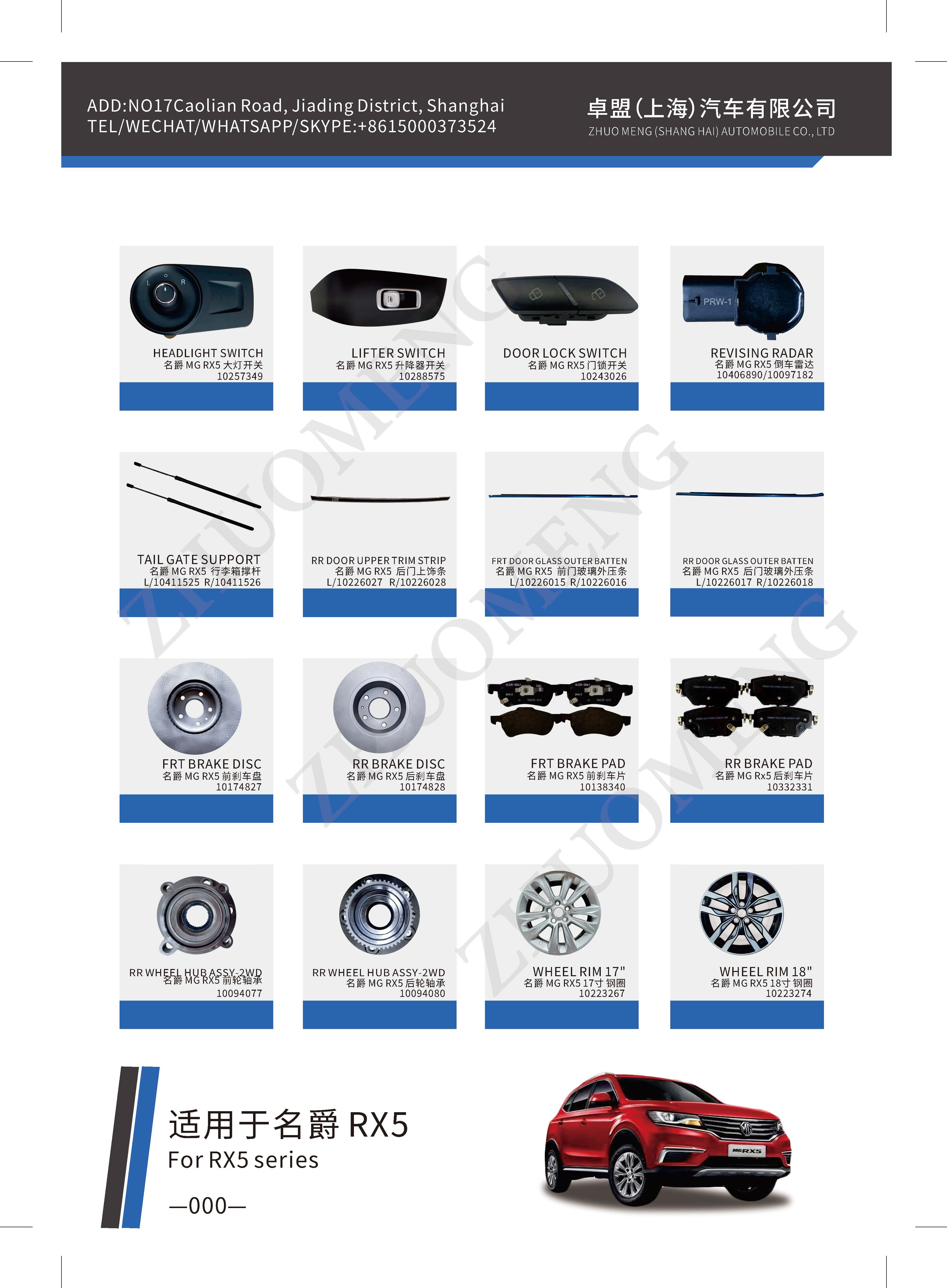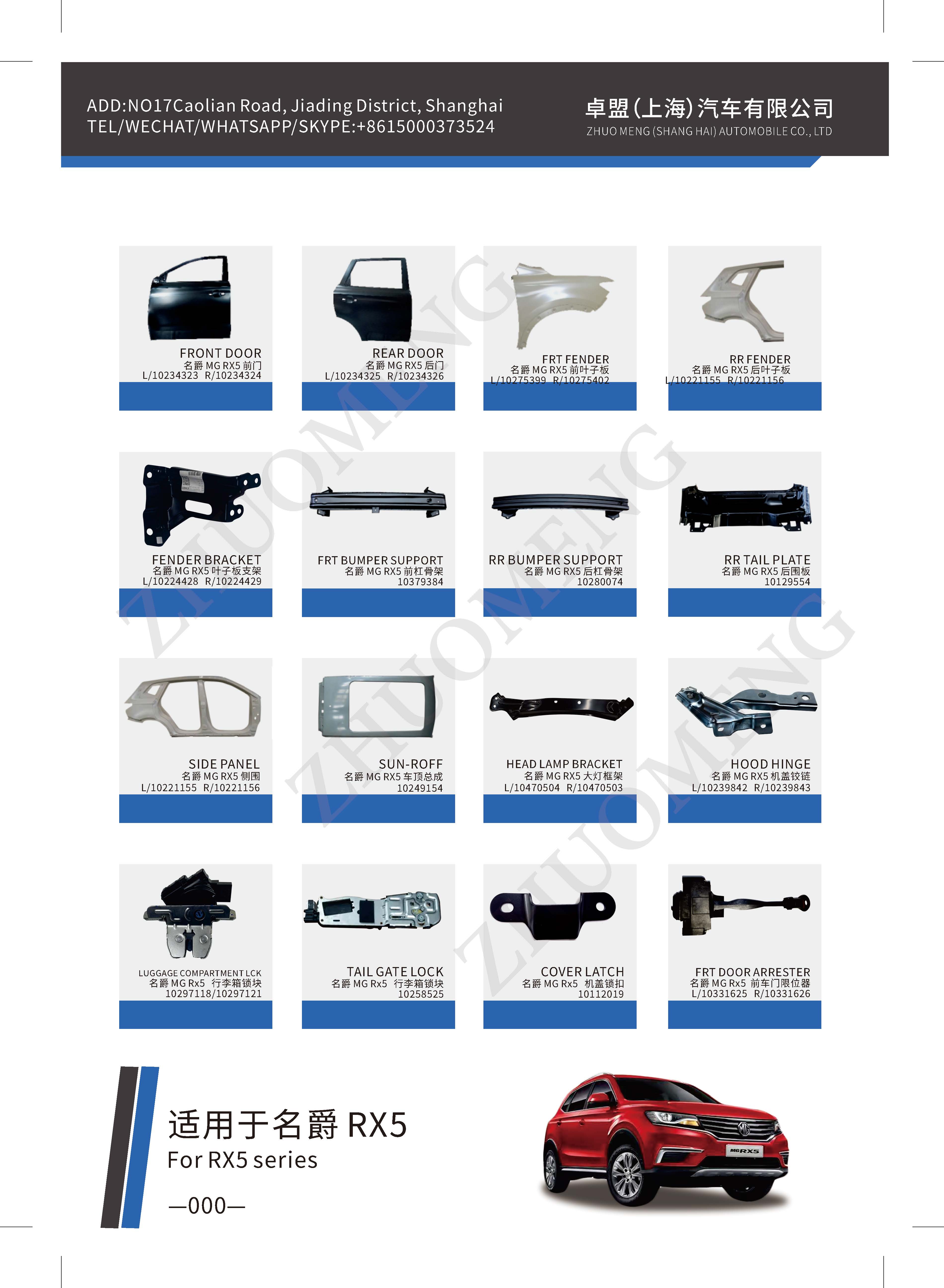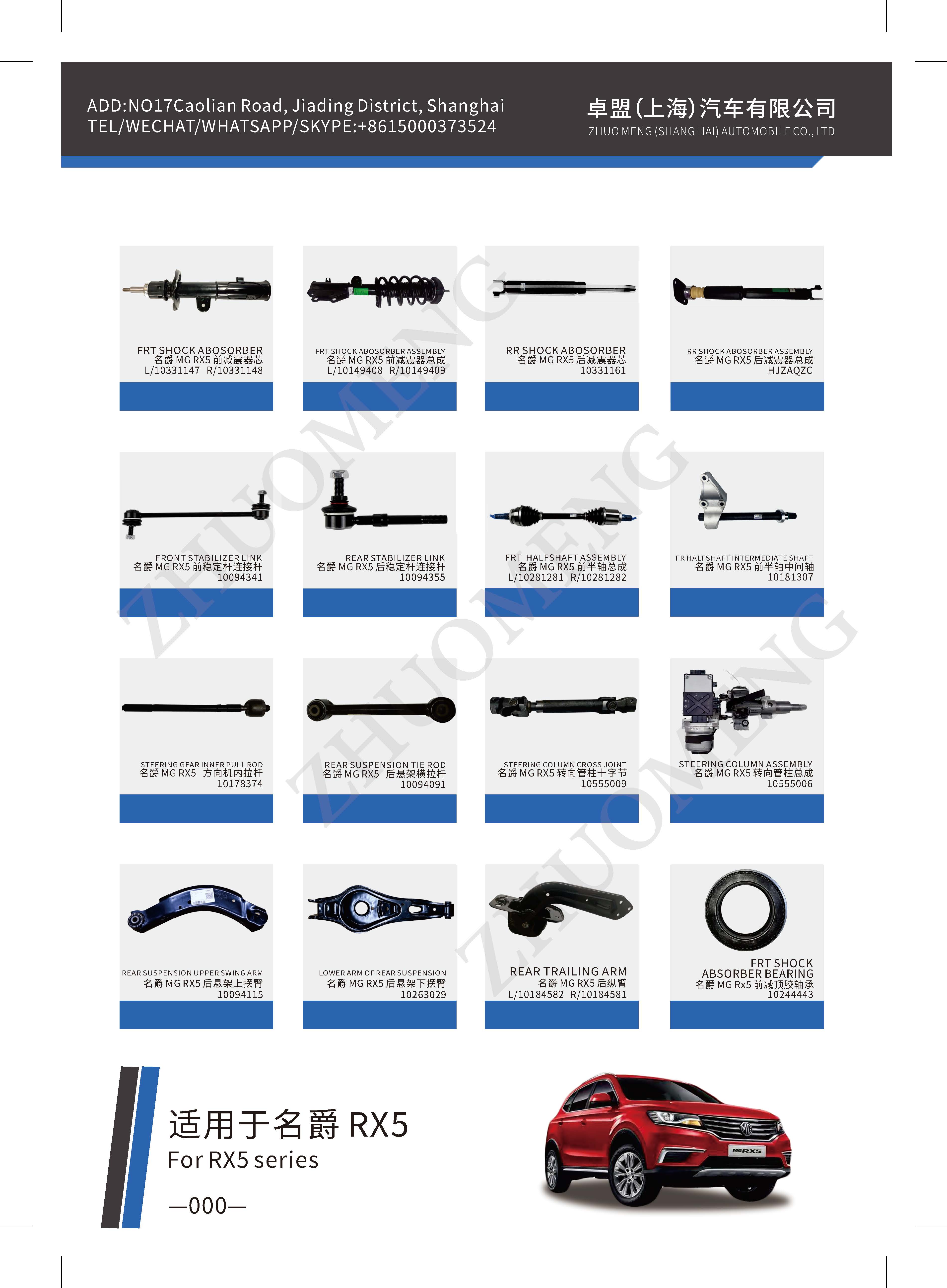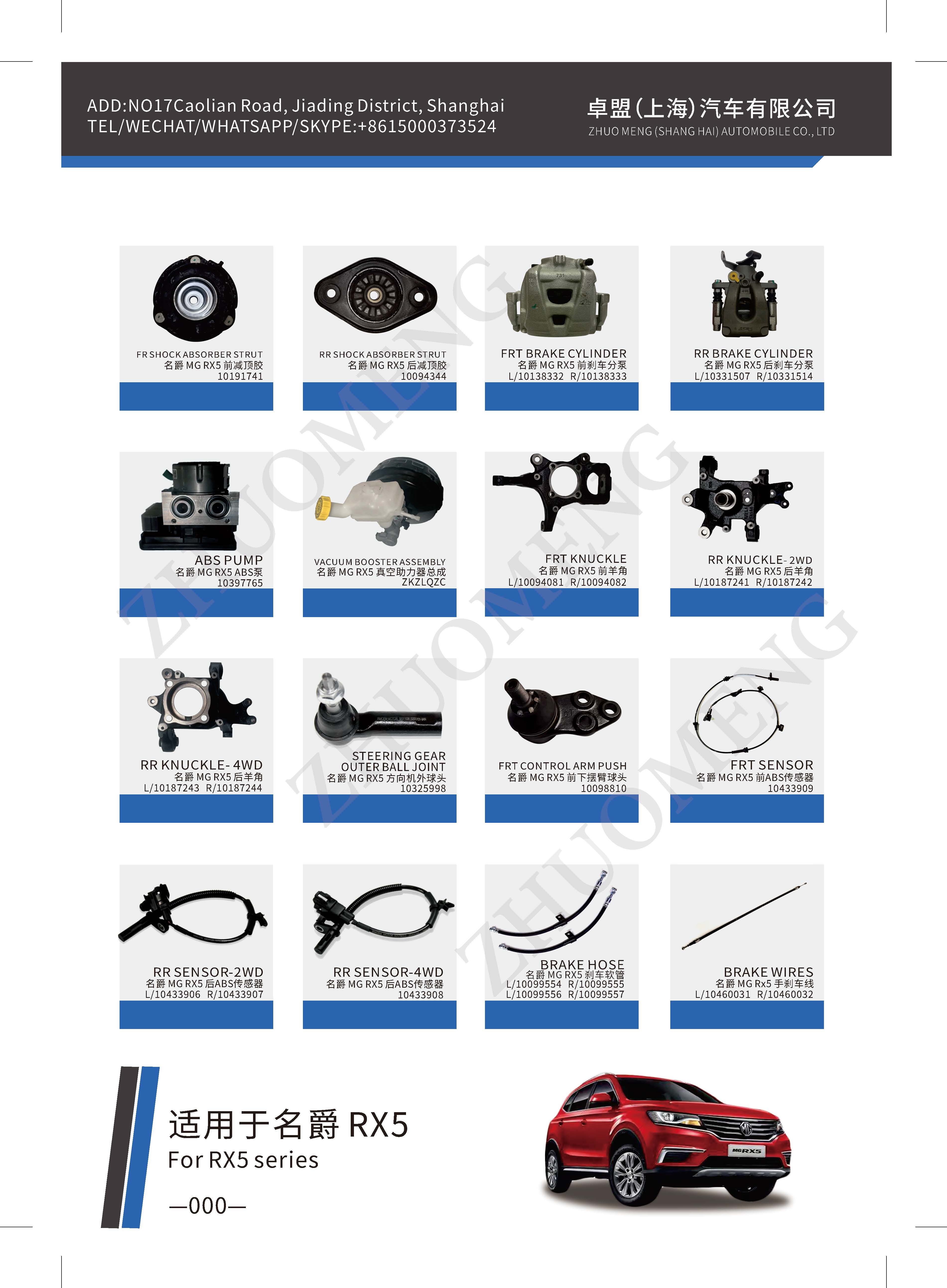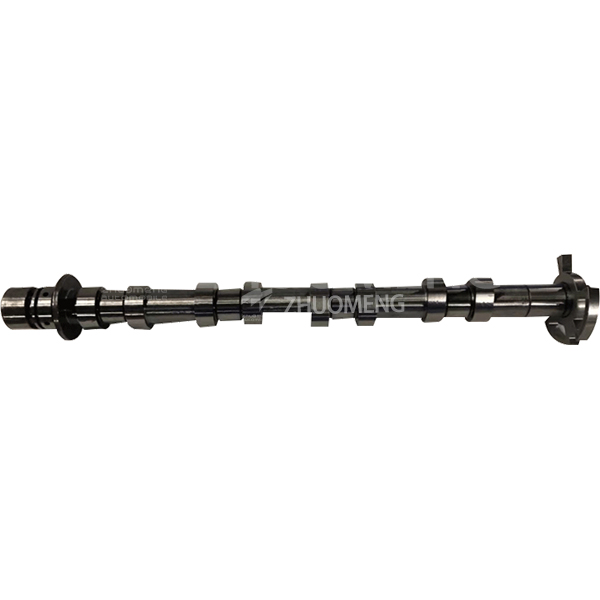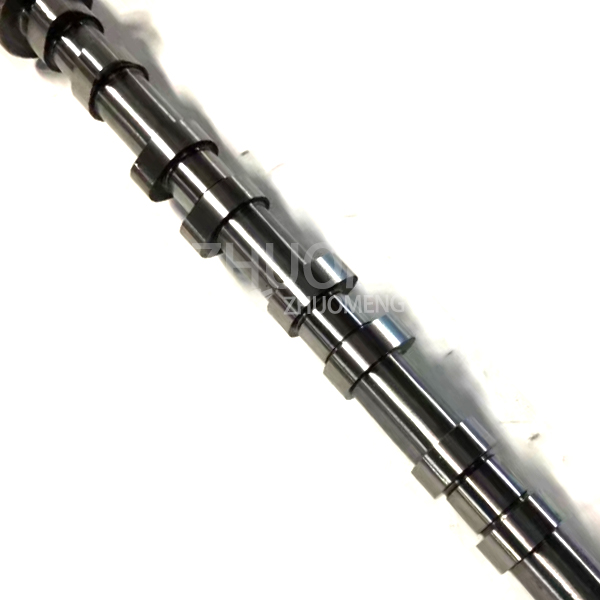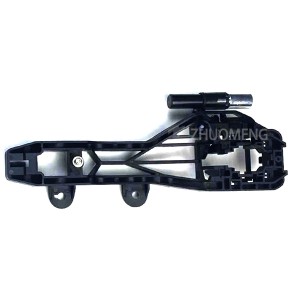A camshaft is a part of a piston engine. Its function is to control the valve opening and closing action. Although the camshaft rotates at half the speed of the crankshaft in a four-stroke engine (the camshaft rotates at the same speed as the crankshaft in a two-stroke engine), the camshaft usually rotates at a high speed and requires a lot of torque. Therefore, the camshaft design requires high strength and support requirements. It is usually made of high-quality alloy or alloy steel. The camshaft design plays a very important role in engine design because the valve movement law is related to the power and operation characteristics of an engine.
The camshaft is subjected to periodic impact loads. The contact stress between the CAM and the turtet is very large, and the relative sliding speed is also very high, so the wear of the CAM working surface is relatively serious. In view of this situation, the camshaft journal and CAM working surface should have high dimensional accuracy, small surface roughness and sufficient stiffness, but also should have high wear resistance and good lubrication.
Camshafts are usually forged from high quality carbon or alloy steel, but may also be cast in alloy or nodular cast iron. The working surface of the journal and CAM is polished after heat treatment
